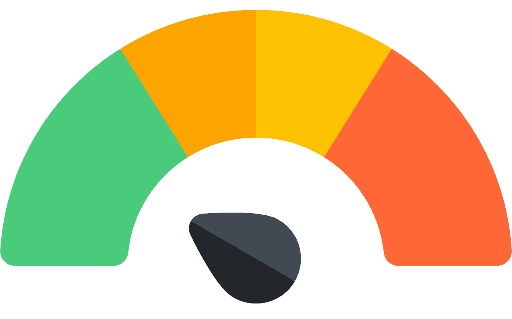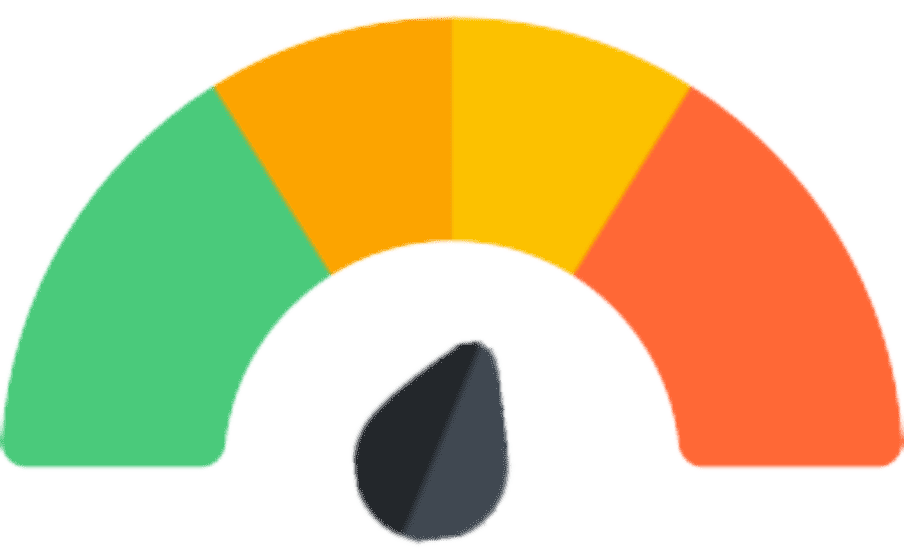(Bold for FDA approved)
 How Aneket works
How Aneket works• Ketamine is a noncompetitive open-channel inhibitor of the NMDA receptor; specifically, it binds to the phencyclidine site of the NMDA receptor
• This leads to downstream glutamate release and consequent stimulation of other glutamate receptors, including AMPA receptors
• Theoretically, ketamine may have antidepressant effects at low (subanesthetic) doses because activation of AMPA receptors leads to activation of signal transduction cascades that cause the expression of synaptic proteins and an increase in the density of dendritic spines
• Low (subanesthetic) doses also produce analgesia and modulate central sensitization, hyperalgesia, and opioid tolerance
• For treatment-resistant depression, antidepressant effects can occur within hours
• For neuropathic pain, effects can occur within hours but may take weeks for full effect
 Notable Side Effects
Notable Side Effects• When used as an anesthesia induction/ maintenance agent (generally at doses >2 mg/kg intravenously), it may produce emergent psychosis, including auditory and visual hallucinations, restlessness, disorientation, vivid dreams, and irrational behavior. Spontaneous involuntary movements, nystagmus, hypertonus, and vocalizations are also common. These adverse effects are uncommon with very low-dose therapy
• CSF pressure increased, erythema (transient), morbilliform rash (transient), anorexia, pain/erythema at the injection site, exanthema at the injection site, skeletal muscle tone enhanced, intraocular pressure increased, bronchial secretions increased, potential for dependence with prolonged use, emergence reactions (includes confusion, dreamlike state, excitement, irrational behavior, vivid imagery)
• Psychotomimetic phenomena (euphoria, dysphasia, blunted affect, psychomotor retardation, vivid dreams, nightmares, impaired attention, memory and judgment, illusions, hallucinations, altered body image), delirium, dizziness, diplopia, blurred vision, nystagmus, altered hearing, hypertension, tachycardia, hypersalivation, nausea and vomiting, erythema and pain at injection site
• Urinary tract toxicity
• When used at higher doses in anesthesia, tonic–clonic movements are very common (>10%); however, these have not been reported after oral use or with the lower parenteral doses used for analgesia
 Life Threatening Side Effects
Life Threatening Side Effects• Syncope or cardiac arrhythmias
• Hypertension/hypotension
• Anaphylaxis
• CNS depression
• Respiratory depression/apnea
• Airway obstruction/laryngospasm

unusual

common
• Pretreatment with a benzodiazepine reduces incidence of psychosis by >50%
• For CNS side effects, discontinuation of nonessential centrally acting medications may help
• Oral: 10–50 mg
• Intravenous infusion: 1–10 µg/kg per minute
 Dosage Forms
Dosage Forms• Oral solution: 50 mg/mL
• Injection: 50 mg/mL, 100 mg/mL
• Long-term cognitive and memory impairment have been reported with repeated ketamine misuse or abuse
• No
 Renal Impairment
Renal Impairment• Reduce dose for moderate impairment
• Should not be used in severe impairment
 Hepatic Impairment
Hepatic Impairment• Dose reduction not necessary
 Cardiac Impairment
Cardiac Impairment• Use with caution
 Elderly
Elderly• Some patients may tolerate lower doses better
 Children and Adolescents
Children and Adolescents• Safety and efficacy have not been established
 Pregnancy
Pregnancy• Effective June 30, 2015, the FDA requires changes to the content and format of pregnancy and lactation information in prescription drug labels, including the elimination of the pregnancy letter categories; the Pregnancy and Lactation Labeling Rule (PLLR or final rule) applies only to prescription drugs and will be phased in gradually for drugs approved on or after June 30, 2001
• Controlled studies have not been conducted in pregnant women
• Use only if potential benefits outweigh the potential risks to the fetus
 Breast Feeding
Breast Feeding• Unknown if ketamine is secreted in human breast milk, but all psychotropics are assumed to be secreted in breast milk
• Recommended either to discontinue drug or bottle feed
Based on data Published online by Cambridge University Press
Compiled by Dr. Jash Ajmera